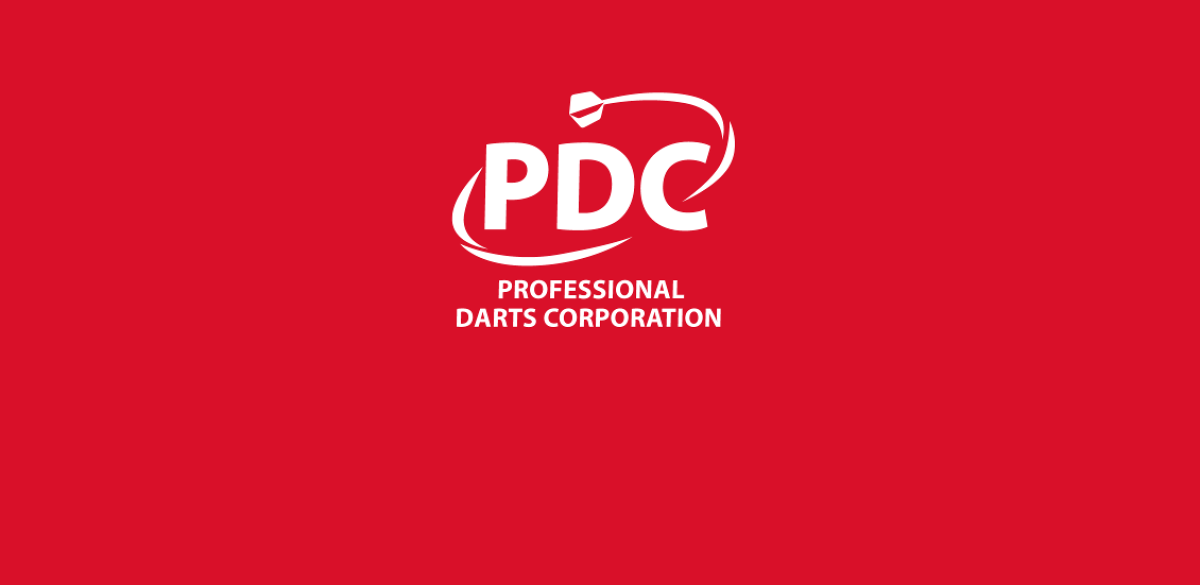
Part Two - Good Habit
In part two of his series, John Part concentrates on the issue of developing good habits and avoiding the pitfalls of bad practice sessions.
Practice is a great way to enjoy a session of dart throwing, but if you really want to improve there is an important first step. You must construct your dart throw. That is to say that you must decide on the mechanics that suit you, and identify any bad habits you may already have.
If you don't take the time to decide what is right and wrong for you, you run the risk of reinforcing bad habits that will only hold you back from achieving your goals. There definitely is such a thing as bad practice and it will result in bad darts.
Step number one is to try and educate(or re-educate) yourself about good dart mechanics. If you have access to video of pro-darts then try to identify the things that all pro-dart strokes have in common. There will always be exceptions, so make sure that you watch several players before drawing any conclusions.
For instance, don't just analyze Phil Taylor and then copy him. The chances are that some aspects of his throw are unique to him and are suited to his physique. He may even have some bad habits. If you see a half dozen players all doing one thing the same way, then odds are that it will work for you.
Reference sources such as books and instructional videos can also be helpful but once again, try to consult several sources and identify the constants.
I feel it is important for players to make their own observations but now I will share my views on the common threads of a good solid throw.
First of all find a comfortable, well balanced stance - not leaning over too far. The orientation of the feet to the oche is not important as long as you are consistent. Your stance should be erect and the only movement should be in your forearm and hand.
Simplicity is best, so that you can more readily develop consistency in your throw. The elbow should be extended fully towards the target. Really extend and stretch the elbow out. It may feel unnatural at first, but it is an excellent habit to develop.
When the elbow is fully extended, the shoulder is by default, pulled in under the chin.
Now the dart should be brought back to the dominant eye (or between the eyes). At this point your arm has effectively become a catapult and all that remains is to move your arm forward and release the dart.
At the completion of your throw, your arm should be fully extended as though you were pointing at the board. This is called following through. Following through is very important for helping you to establish a consistent release point.
If you really want to concentrate on your mechanics, try throwing with your opposite hand. This will teach you to be much more aware of your mechanics.
At this point you may be asking how to hold the dart? I believe that the grip should be natural and feel comfortable.
The grip is in part determined by the equipment that is used. A good grip for a short fat dart is not going to be a good grip for a long skinny dart.
Normally when you purchase darts you throw them a few times to see if they feel comfortable. This is the beginning of the development of your grip. My advice is to concentrate on the mechanics of your arm, ensuring that the arm goes straight over top of the elbow and through to full extension and let the grip develop itself.
One last bit of advice on the throw may seem obvious. Your eyes should be locked on your target. Never aim high or low to compensate for your throw.
That is a bad habit. Just work hard until the darts go where you aim them.
Remember, the early days of practice are about developing good mechanics, so don't stress yourself out if your scoring isn't where you want it.
Your first goal should be to establish good fundamentals and your results down the road will be much better. Good mechanics allow you to continue to throw accurately when you are really nervous.
When you start making successful shots under duress, the nerves will dissipate, and your confidence will soar!
Good luck,
John Part